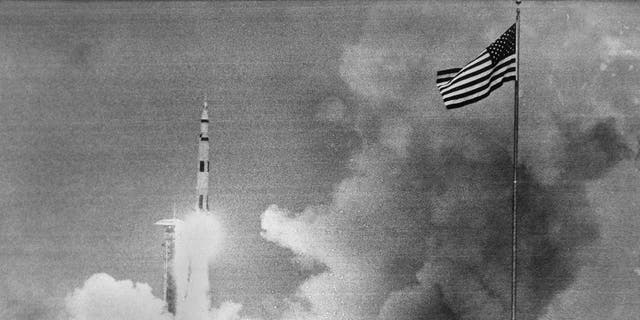
MIT faculty and students were holding discussions about the Moon in advance of the Apollo 11 landing, so we were primed to think about the impact of the mission’s findings. However, I had written a paper about the interior structure of the Moon before the Apollo 11 mission. I was a graduate student at MIT, and I was doing a thesis in seismology. The event, hosted in celebration of the 50th anniversary of the Apollo 11 lunar landing, was co-sponsored by the American Geophysical Union and the National Archives.Īt what point were you in your career when Apollo 11 landed the first humans on the Moon?

Solomon discussed these topics and more during a panel discussion entitled “ Small Steps and Giant Leaps: How Apollo 11 Shaped Our Understanding of Earth and Beyond” on July 17. Below, he explains how Apollo 11 affected the scientific community at that time, how Lamont was involved, and what comes next for lunar exploration. The beginning of Solomon’s research career coincided with the birth of a new field - planetary science. He was the principal investigator for NASA’s MESSENGER mission, which sent the first spacecraft to orbit Mercury and study the planet’s composition, geology, topography, gravity and magnetic fields, exosphere, magnetosphere, and heliospheric environment. Much of his recent research has focused on the geology and geophysics of the solar system’s inner planets.

Sean Solomon has served as the director of Columbia University’s Lamont-Doherty Earth Observatory since 2012. On Wednesday evening, Lamont-Doherty director Sean Solomon will speak on a panel honoring the 50th anniversary of the Apollo 11 lunar landing.


 0 kommentar(er)
0 kommentar(er)
